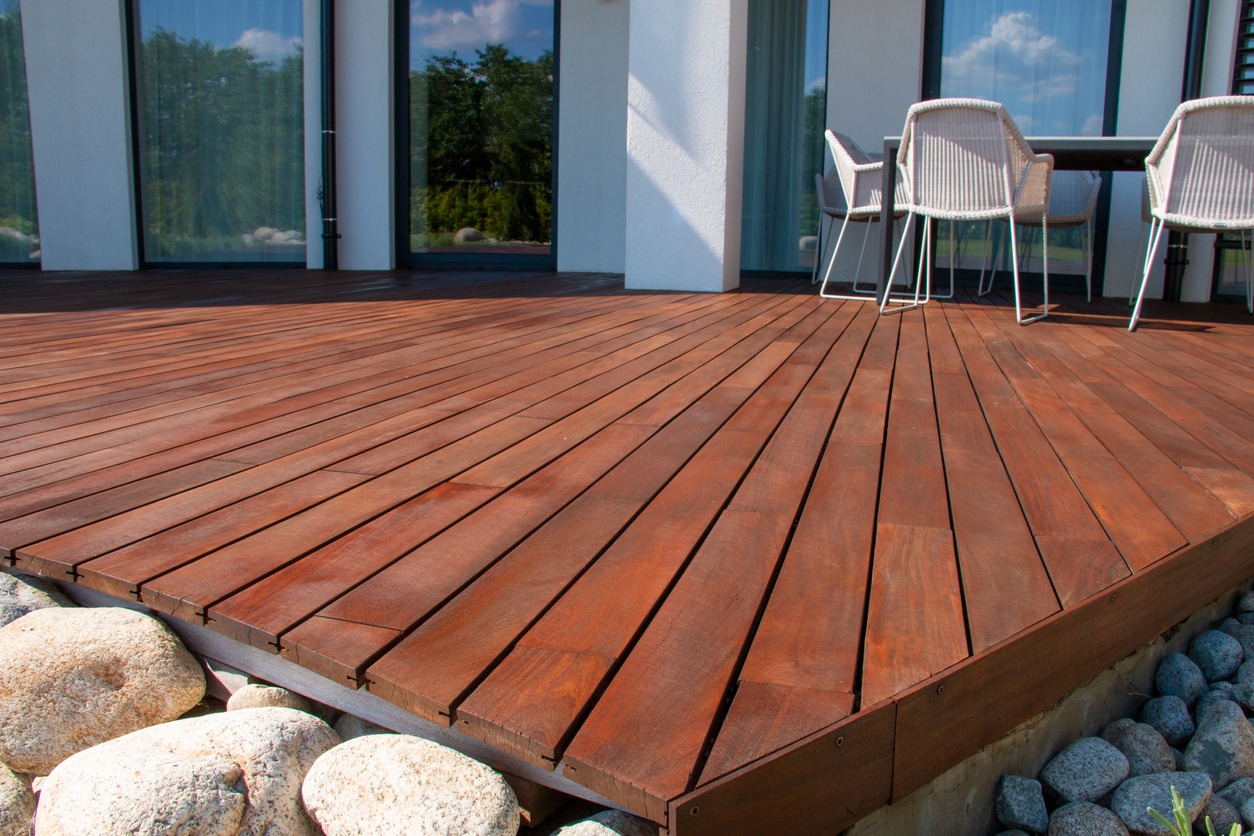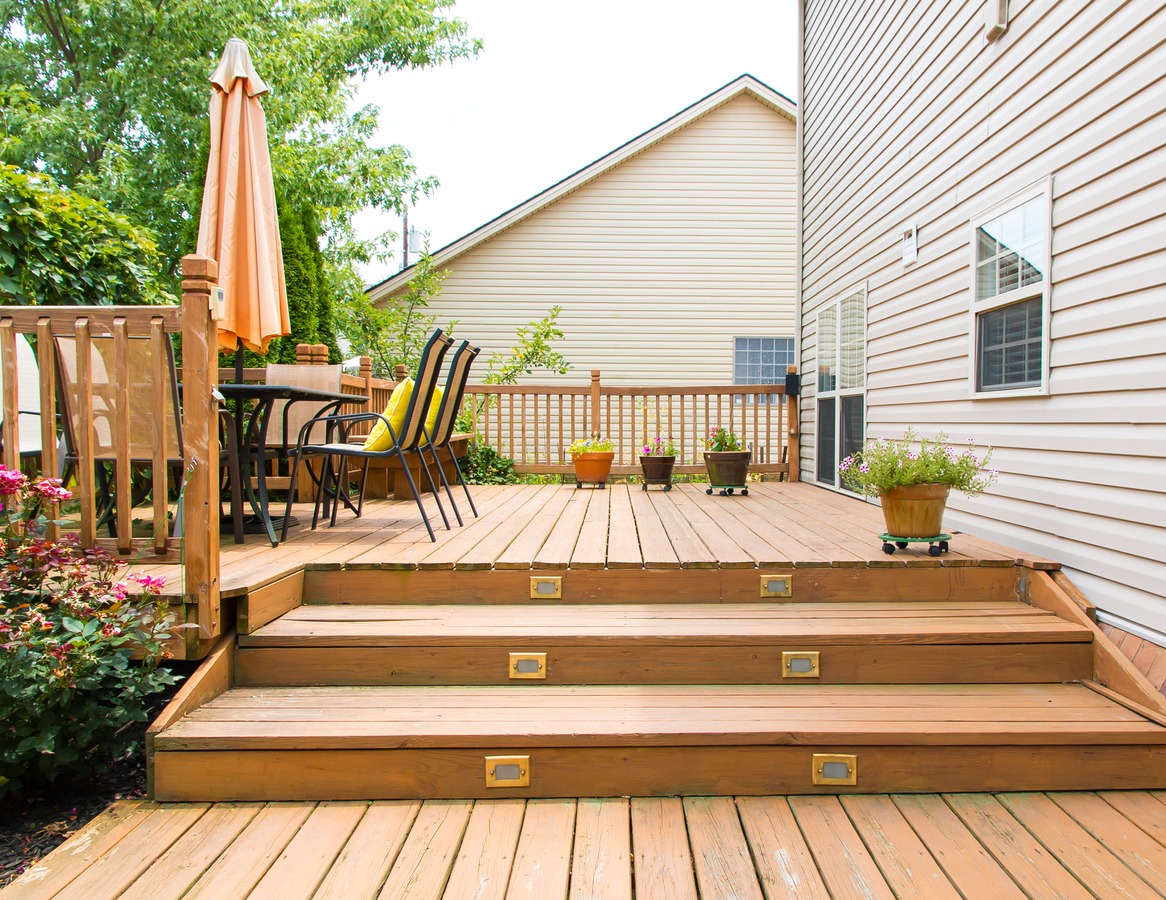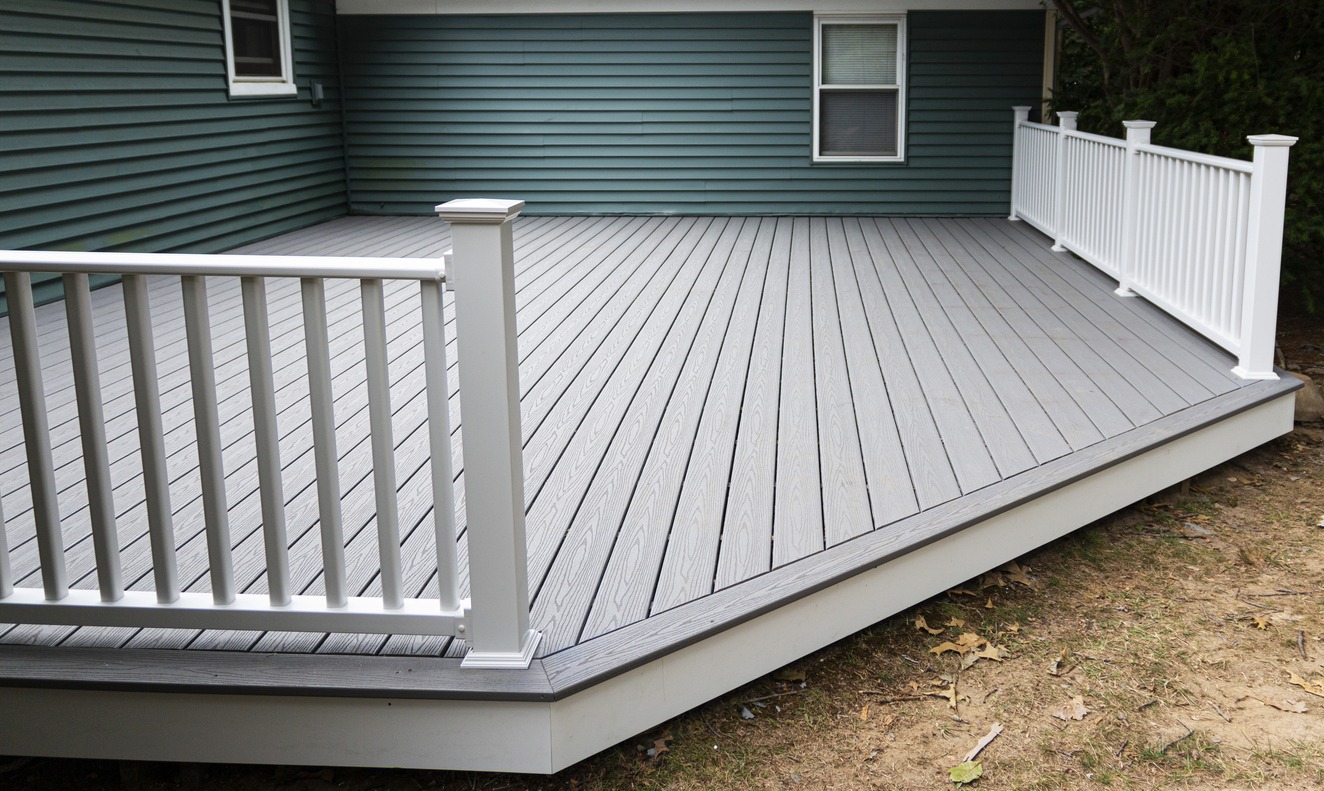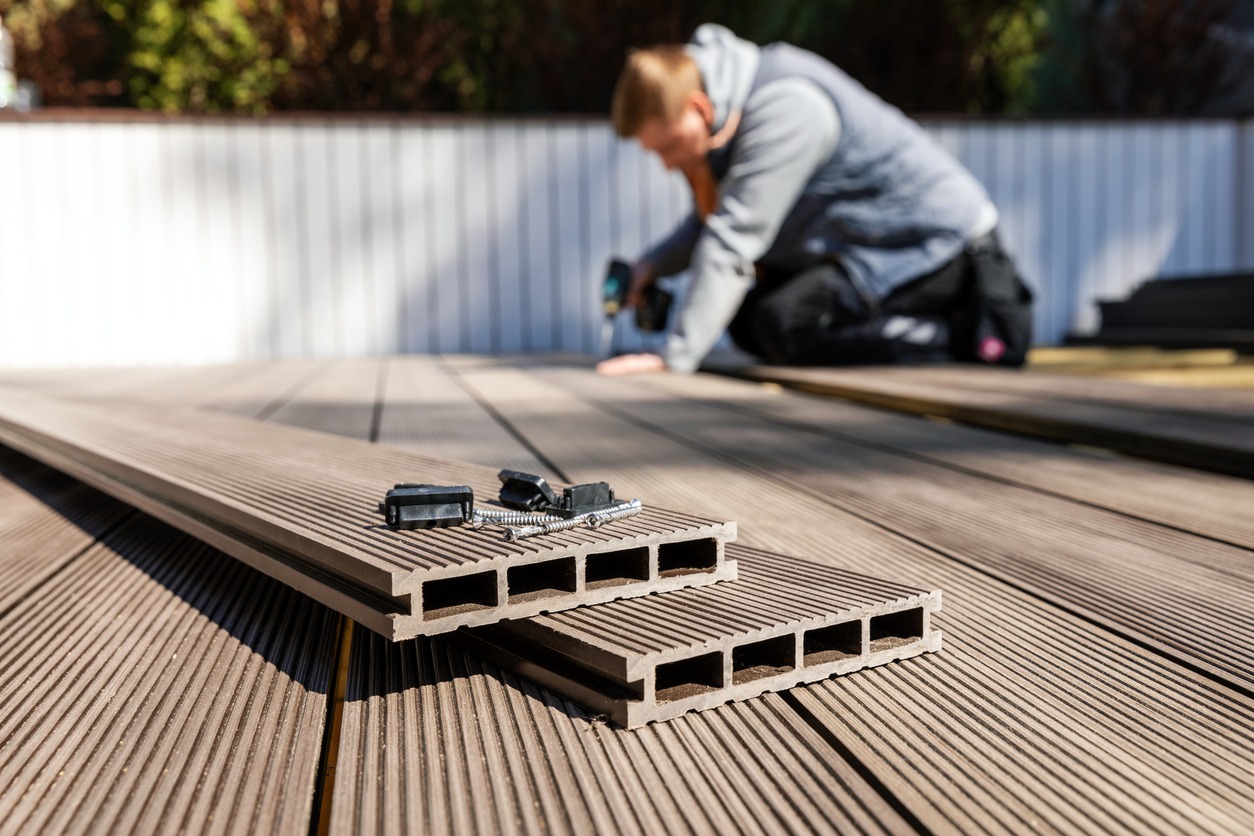Adding an outdoor deck to your home is a good idea. It is something that will provide you and your whole family an area to relax and do some fun activities together. It is also a good way to extend the living area of your home, especially if you feel like you do not have enough space inside the house. When it comes to outdoor decks, there are many different types and styles to choose from. There are attached, detached, wraparound, and other customized decks available that you can build on your property.
When deciding to build a deck, there are a number of things to consider aside from the style of the deck, such as cost, durability, and maintenance. But apart from those, one of the biggest decisions that you need to make is picking the material to use for the deck flooring. Before, it was very simple to choose the material for building a deck because wood was the only choice available. However, today, there are many different options to choose from, making it quite challenging.
For traditionalists, wood is the only true decking material. But new alternatives available today offer many benefits, such as low maintenance and longevity. If you are thinking of adding a deck to your property but can’t decide what material to use, we are here to help you. In this article, we are going to provide you with the different types of decking materials and what each of them has to offer.
Wood Decking
One of the most popular materials used for building decks is wood. It is widely used both in the past and in our current time. For a lot of homeowners, nothing compares to the feel and look of real wood decking. It is also natural, strong, and easy to install. However, wood also needs regular cleaning and it can rot, splinter, and warp.
In the broad category of wood decking, there are a lot of options that you can consider. Below are some of them:
Pressure Treated Wood
One of the most cost-effective choices for decking material is pressure-treated wood. A lot of manufacturers use Southern yellow pine and put it through a chemical process to harden it and make it resistant to moisture and insects. However, while it is inexpensive, it needs constant maintenance, such as coats of stain and sealer, as well as pressure washing to maintain its look.
In addition to that, decks made from pressure-treated wood need sanding to keep them splinter-free. However, over time, when the deck is always exposed to harsh weather, it will still crack, warp, and shrink.
Cedar and Redwood
Many homeowners also choose cedar and redwood decking. These woods are lovely and have rich colors. Aside from that, they also have natural tannins, making them resist rot and insects. Compared to pressure-treated wood, redwood decking cost more and has about the same maintenance requirements. Cedar, on the other hand, is easier to obtain and is less expensive than redwood. But it needs the same upkeep as pressure-treated wood and redwood.
When cedar and redwood decks are exposed to the sun for long periods, their natural color will fade and the boards will shrink and split. Therefore, when you choose these materials, you need to make sure that you always pressure wash them and apply a sun-blocking stain and sealer at least every three years to keep them in good condition.
Tropical Hardwoods
If you have an abundant budget for building a deck, then exotic hardwoods are a great option. They make for a beautiful and lasting deck. Some of the most popular tropical hardwoods that you can use for building a deck include Ipe, tigerwood, Garapa, and teak.
Ipe is a Brazilian hardwood, and it is the most popular type of exotic wood used for building decks. It has a beautiful natural color and texture and can last for 40 to 50 years with proper maintenance. Tigerwood, on the other hand, features a gorgeous striped pattern. It is a dense hardwood that is rot-resistant. It can last for about 25 years.
Another tropical hardwood is Garapa, which is also known as Brazilian Ash. It has a light golden color and density that is similar to other hardwoods. It features a natural resistance to insects and rot and is also a more affordable option. Teak is another hardwood that is among the best deck material options due to its natural oils. It helps you avoid all the routine maintenance of sealants and stains. However, it is also one of the most expensive options.
Plastic Decking
In addition to wood, another type of decking material is plastic. A lot of homeowners also choose plastic decking because they are very low maintenance and durable. However, even though manufacturers try to imitate the look of real wood, most plastic decks still look like a synthetic material rather than natural wood.
There are three main categories of plastic deckings, such as polyvinyl chloride (PVC), high-density polyethylene (HDPE), and composite decking materials. Read on below to learn more about them:
PVC Decking
PVC is a modern decking material that allows you to build a long-lasting and virtually maintenance-free deck. They are boards that look similar to natural wood and have additives that make them resistant to insects and rot. Aside from that, PVC can also be recycled after use, providing it with a smaller environmental impact compared to wood boards.
HDPE Decking
HDPE is similar to PVC as it is made of 100% plastic. It also tries to imitate the look and feel of natural wood, and it comes with wood colors and wood grain patterns. But unlike PVC decking, HDPE does not give off toxic chemicals as a result of its production.
Composite Decking
The composite decking material is made from a combination of wood fibers and plastic. They resemble wood more than plastic decking. You may also find composite decking more comfortable on bare feet than 100% plastic boards. However, they are not maintenance-free, but only require minimal maintenance which is not the same as a wooden deck.
Fiberglass Decking
One of the rare options when it comes to deck materials is fiberglass. It is a synthetic option that works great in environments that have extreme temperatures. In addition to that, it is a good option for homeowners living in moderate climates as it can be used to build a durable deck that is resistant to insects and moisture.
While fiberglass is not a common option for decks, it can work well in some situations. It is a long-lasting material that can last for 25 to 30 years with proper maintenance. It is great in extreme temperatures, such as in places that are exposed to harsh winters. However, you also have to note that fiberglass decking is expensive, and a lot of people do not like the way it looks as it has a smooth surface. There are also fewer color options available for this type of decking material.
Aluminum Decking
Aluminum is also a less popular option for building decks, but it is a great choice for some people. Since it is synthetic, it does not need constant maintenance, unlike wood decking. It does not rot and decay, and it also does not attract insects. Aluminum is a durable option that can last around 20 years with proper maintenance. However, aluminum decking cannot capture the look and texture of real wood.
Darker aluminum decks will get hot in the sun. But since they have a hollow core, they also cool down fast. They also have a non-skid surface that keeps people from slipping. Constant maintenance is also not needed for this type of deck material. However, note that aluminum is also more expensive than other materials. A lot of people also do not like its synthetic look.
Conclusion
There are surely a lot of options when it comes to decking materials. While wood used to be the main choice of homeowners, there are now other good options that you can pick, especially if you do not have a lot of time to spare when it comes to maintenance. Your deck is a space at home that you will use for years. Therefore, it is very important that you choose the best materials that will match your preferences and budget. We hope this post helped you learn more about the different types of decking materials.



